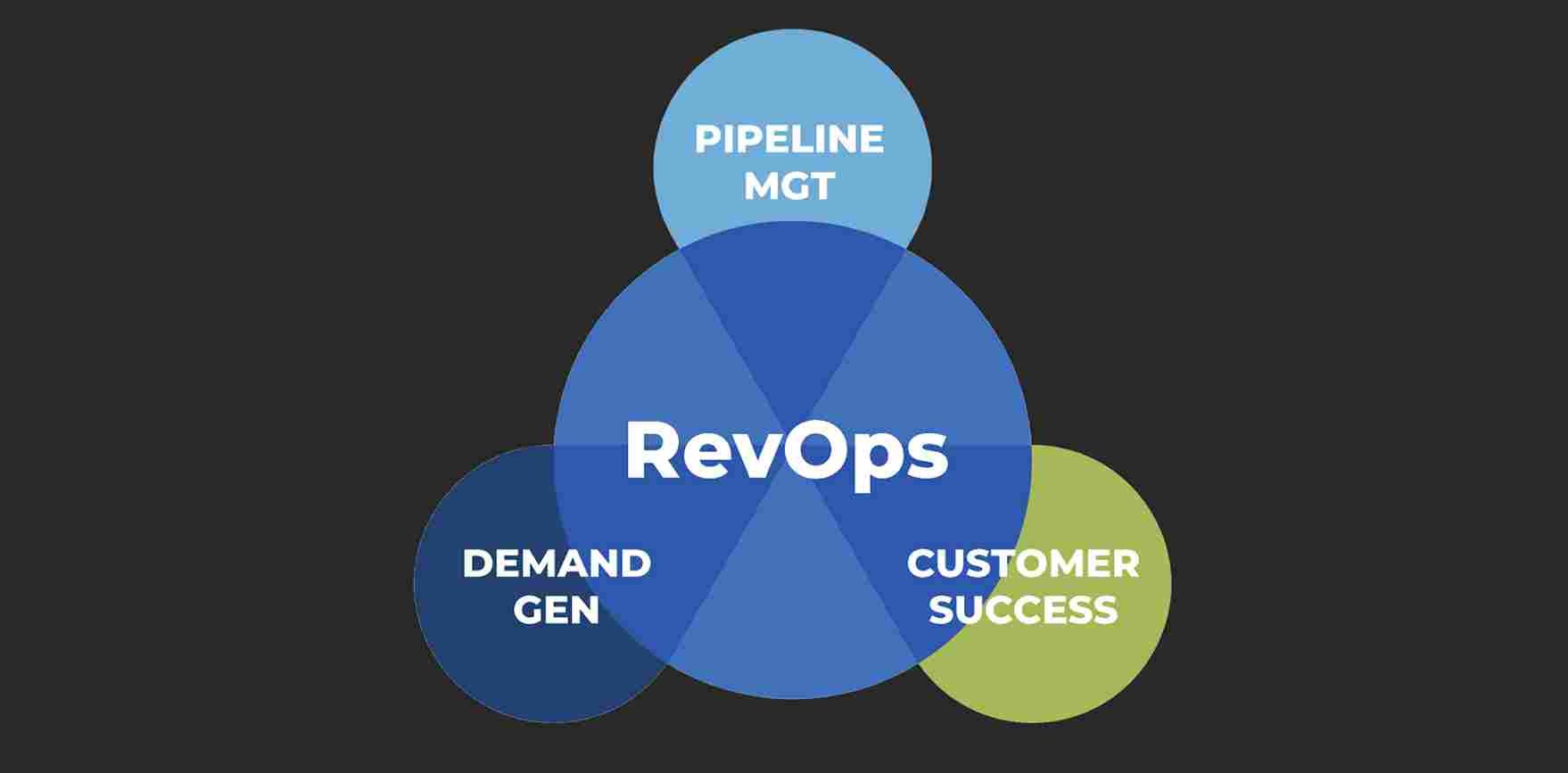Job Loss in Silicon Valley Due to AI: What You Need to Know
Job Loss in Silicon Valley Due to AI: What You Need to Know silicon Valley, the global epicenter of innovation and technology, has always been a symbol of progress and opportunity. The landscape is constantly evolving, with new technologies emerging at a rapid pace, shaping industries and creating millions of jobs. However, with the rise of artificial intelligence (AI) in recent years, a new challenge is presenting itself. Job loss due to AI in Silicon Valley is becoming an increasingly pressing issue as the technology disrupts established industries and reshapes the way businesses operate.
The potential for job displacement worries not just those within the tech industry but also workers across various sectors. In this article, we’ll explore the key factors contributing to job loss due to AI in Silicon Valley, the sectors most at risk, and what workers, businesses, and policymakers can do to navigate this transformation.

The Rise of AI and Automation in Silicon Valley
To understand the impact of AI on jobs in Silicon Valley, it’s important to first look at the scope and capabilities of AI technologies. Over the past decade, AI has evolved from a niche research field to a mainstream tool used in various industries. Silicon Valley, with its concentration of tech companies, has been at the forefront of this transformation. AI is now integrated into everything from software development and marketing to customer service, logistics, and manufacturing.
Machine learning, natural language processing, and computer vision are just some of the AI technologies driving this change. These tools allow machines to learn from data, perform tasks with minimal human intervention, and even make decisions based on patterns and algorithms. AI’s ability to process vast amounts of data and perform tasks traditionally requiring human labor has made it an attractive solution for companies aiming to improve efficiency and reduce costs.
However, as AI continues to advance, many worry about job loss due to AI in Silicon Valley. The rise of AI doesn’t just change the nature of work; it’s also reshaping the job market itself.
Sectors Most at Risk for Job Loss
As AI continues to evolve, it’s impacting a wide range of industries in Silicon Valley and beyond. Certain sectors are particularly vulnerable to automation, with jobs being replaced or significantly altered by AI technologies. Below are some of the sectors most at risk for job loss due to AI in Silicon Valley:
1. Software Development and Engineering
The software development sector stands out as the most obvious industry affected by AI. While developers and engineers are essential for building AI systems, AI is also automating various aspects of the software development process. AI-driven tools like code generators, debugging assistants, and automated testing platforms allow companies to streamline the development process and reduce the need for human intervention.
For example, platforms like OpenAI’s Codex generate code based on natural language descriptions, reducing the time and effort required by developers. While these tools can improve productivity, they also pose a threat to entry-level developers and those working in roles that involve repetitive coding tasks. As AI becomes more adept at handling basic programming, demand for certain types of software engineers may decline.
2. Customer Support and Service
Customer support is another area where job loss due to AI in Silicon Valley is already happening. AI-powered chatbots and virtual assistants have revolutionized how businesses interact with customers, allowing companies to provide 24/7 support without the need for a human representative. These AI systems can handle a wide range of tasks, from answering frequently asked questions to resolving customer issues, all without human intervention.
While AI-driven customer support tools have proven to be efficient and cost-effective, they also displace jobs in call centers and customer service departments. Many businesses now opt for AI solutions that automate routine customer interactions, reducing the need for human agents. This trend is expected to continue, with AI systems becoming increasingly sophisticated and capable of handling more complex customer inquiries.
3. Sales and Marketing
The sales and marketing industry is also undergoing disruption due to AI. AI-powered tools automate tasks like lead generation, content creation, and personalized marketing campaigns. By analyzing customer data and behavior, AI helps businesses identify potential leads and deliver targeted marketing messages, all without the need for human intervention.
While this improves efficiency and targeting, it also results in the displacement of jobs that were traditionally performed by sales and marketing professionals. AI tools now analyze vast amounts of data in real time, allowing businesses to make data-driven decisions faster than ever before.
4. Transportation and Logistics
AI is also transforming the transportation and logistics industry, which has long been a key driver of economic activity in Silicon Valley. Self-driving vehicles, drones, and AI-powered delivery systems are changing how goods are transported, potentially leading to significant job loss due to AI in Silicon Valley. Autonomous vehicles, for example, have the potential to replace human drivers in industries like trucking and delivery services.
Although self-driving cars and trucks are still in the early stages of development, they’re expected to disrupt traditional transportation jobs in the coming years. Truck drivers, delivery drivers, and even taxi drivers may find themselves displaced by AI-powered autonomous vehicles. Moreover, AI systems optimize supply chain management and inventory control, reducing the need for human labor in these areas.
5. Manufacturing and Production
AI-powered robots and machines increasingly perform tasks like assembly, quality control, and even product design. These machines work faster and more accurately than humans, making them an attractive option for companies looking to streamline operations.
While automation in manufacturing has been ongoing for decades, AI’s rise has accelerated this trend. AI systems now perform tasks that were once too complex for robots, such as adjusting production processes in real time based on changing conditions. This has led to significant job loss due to AI in Silicon Valley, particularly for low-skilled workers in factories and production lines.
The Impact on Workers: Challenges and Opportunities
The potential for job loss due to AI in Silicon Valley raises important questions about the future of work. While AI offers the potential to create new jobs and improve productivity, it also poses significant challenges for workers whose roles are being automated. These workers may face job displacement, reduced wages, or a need for retraining to remain competitive in the job market.
However, the rise of AI also presents opportunities for workers to adapt and thrive in a changing landscape. Here are some key considerations for workers facing potential displacement due to AI:
1. Reskilling and Upskilling
One of the most important steps workers can take to protect their careers is to invest in reskilling and upskilling. As AI continues to automate routine tasks, demand will grow for workers skilled in AI development, data science, and machine learning. By learning how to work with AI technologies, workers can position themselves for new opportunities in the tech industry.
Additionally, workers in industries like customer support, marketing, and transportation can benefit from acquiring skills in areas less likely to be automated, such as creative problem solving, emotional intelligence, and leadership. Emphasizing human-centric skills will be essential in a future where AI plays an increasing role in the workplace.
2. Job Creation in AI-Related Fields
While AI may displace jobs in certain sectors, it is also creating new opportunities in AI-related fields. As demand for AI technologies grows, so does the need for workers with expertise in machine learning, data analysis, and AI system development. Roles such as AI engineers, data scientists, and machine learning specialists are expected to see significant growth in the coming years.
Moreover, as AI becomes more integrated into various industries, companies will need professionals who can manage and optimize AI systems. This includes roles in AI ethics, policy, governance, and positions in AI integration and system management.
3. Policy and Support for Displaced Workers
To mitigate the impact of job loss due to AI in Silicon Valley, policymakers must take steps to support displaced workers. This could include financial assistance, job retraining programs, and access to education and resources for those transitioning into new fields.
Additionally, businesses should invest in their employees by providing opportunities for skill development and career advancement. As AI reshapes the workforce, companies have a responsibility to help workers adapt and thrive in the new economy.
The Future of Work in Silicon Valley
The rise of AI presents both challenges and opportunities for Silicon Valley workers. While job loss due to AI in Silicon Valley is a real concern, it is not a foregone conclusion that AI will eliminate all jobs. Instead, AI is reshaping the workforce, creating new opportunities while also displacing certain roles. By embracing AI as a tool for augmentation rather than replacement, workers can position themselves for success in a rapidly evolving job market.
In the coming years, the role of humans in the workforce will continue to evolve. AI will likely take over repetitive, time-consuming tasks, freeing workers to focus on more creative, strategic, and high-level responsibilities. However, to fully leverage the potential of AI, workers must be proactive in acquiring new skills and adapting to the changing demands of the job market.
Ultimately, the key to navigating the impact of AI on jobs in Silicon Valley lies in collaboration. Workers, businesses, and policymakers must work together to ensure the transition to an AI-powered economy is smooth, equitable, and beneficial for all.





